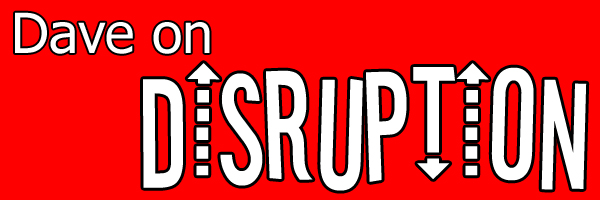What happens when your flowers don’t bloom?
Do you replace the flowers or do you find a new location for your garden?
In life there will be many things that will refuse to take root let alone bloom. When that time comes (and it will) what will you do? What can you do?
Most people will tell you to get rid of the old flowers and get yourself some new ones. That is all fine and dandy but what if they too fail to bloom? What then?
You most certainly cannot go changing flowers after every failed attempt at making them bloom.
Farmers have this thing called crop rotation. In crop rotation they change where they are going to plant their crops. See if they plant wheat or soy or corn or whatever on the same soil for too long the plants will suck the nutrients out of the soil and eventually nothing will grow there.
That being the case, it might be time to change the location of your garden and who knows your flowers might bloom.
The same applies to life. As human beings we love to get into a comfort zone. Especially, in a world where being a nomad means traveling here or there for a brief time then returning home. Oh no, not like our ancestor who moved because they went where the food went. They didn’t stick around once all the Woolly Mammoths were either killed off or migrated away. Early man, moved. They traveled to get the best chance at hunting for food and surviving.
Unfortunately for us, there are no more Woolly Mammoths (at least not yet) nor are there any sabre tooth tigers that are out there making a meal out of us. No, nowadays we travel to the local Mega-Mart to pick up a modern prepackaged version of Brontosaurus burgers (a la Fred Flintstone). Yes, we are firmly entrenched in our comfort zones, our homes with a nice solid foundation.
Now, there is no need to move around. There is no need to rotate our crops. There is no need to do anything but sit back and reap the benefits and rewards that modern society has worked long and hard to attain. We seem to have forgotten that change is VITAL to our existence. Change is what keeps us alive. Change is what makes us better people. Change is essential to making the flowers bloom.
No matter what you want to grow (relationships, business, education, whatever) it is time for change. It may be as simple as finding a new spot for your garden, changing the way you think about relationships or deciding what education you need to succeed. It is all about change and finding what works for you.
As a leader, you have to be flexible to change. Remember, leading people is NOT done with a cookie-cutter approach, all people are NOT the same. You are unique and you are different. Being different means being receptive and open to change and in most cases, initiating change.
Thank you,
David Guerra, MBA

